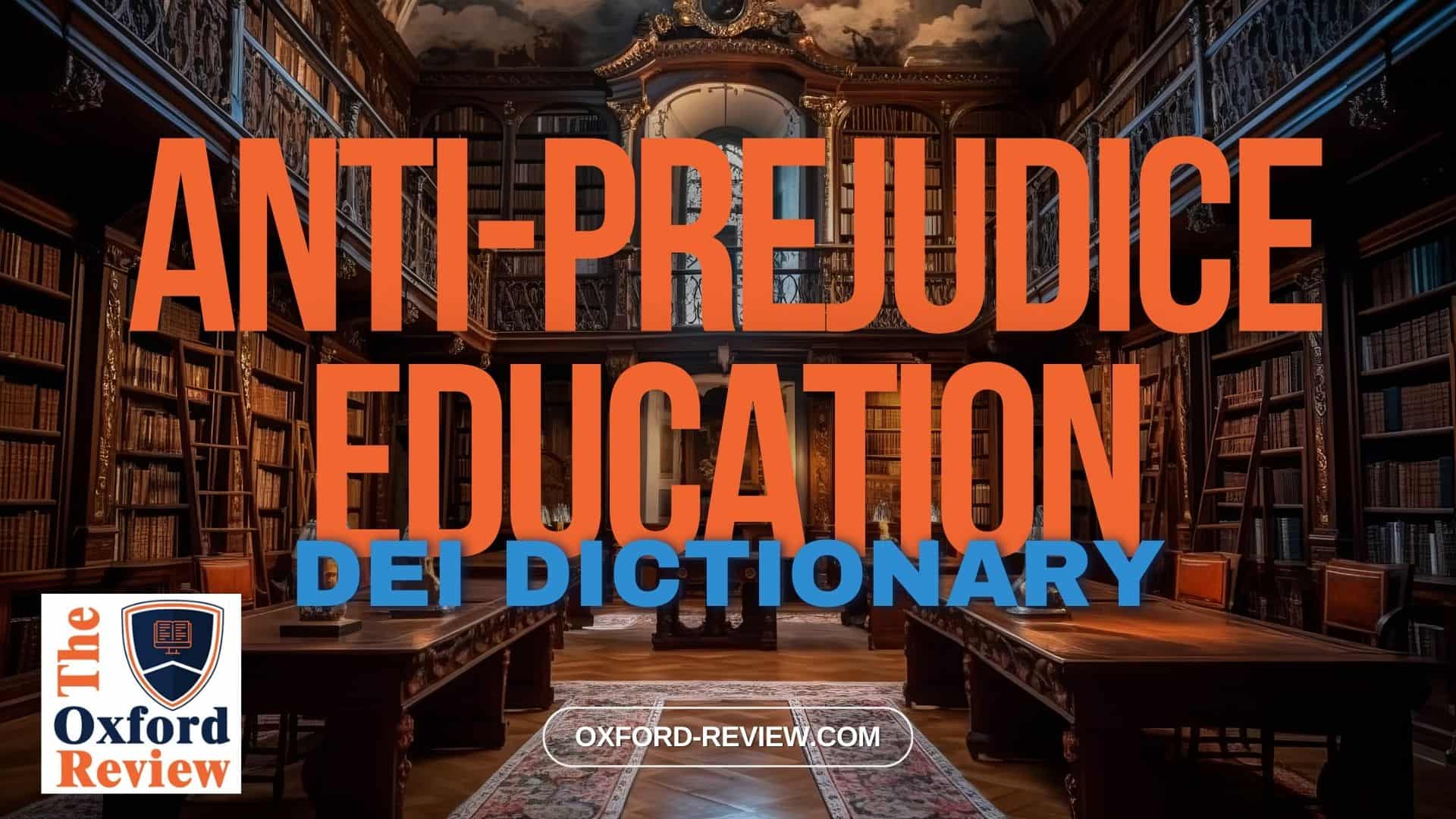Anti-Prejudice Education – Definition and Explanation

Unlocking Inclusivity: Understanding Anti-Prejudice Education
In today’s interconnected world, fostering diversity, equity, and inclusion (DEI) is paramount for societal progress and harmony. One essential component in achieving these goals is Anti-Prejudice Education.
Definition:
Anti-Prejudice Education is a proactive approach aimed at combating prejudices, biases, and stereotypes. It involves educational initiatives, curriculum development, and interventions designed to raise awareness, challenge discriminatory attitudes, and promote empathy and understanding among individuals from diverse backgrounds.
Why is Anti-Prejudice Education Important?
In a world grappling with systemic inequalities and social divisions, Anti-Prejudice Education serves as a powerful tool for promoting social justice and fostering inclusive environments. By addressing the root causes of prejudice and discrimination, it cultivates empathy, respect, and appreciation for diversity, thereby creating a more equitable society for all.
Key Components:
- Critical Reflection: Encouraging individuals to critically reflect on their own beliefs, biases, and privileges is fundamental in Anti-Prejudice Education. This self-awareness allows individuals to recognise and challenge their prejudices, paving the way for personal growth and transformation.
- Promoting Empathy: Anti-Prejudice Education emphasises the importance of empathy in understanding others’ experiences and perspectives. By fostering empathy, individuals are better equipped to recognise and empathise with the challenges faced by marginalised groups, leading to more inclusive behaviours and attitudes.
- Intersectionality: Recognising the intersecting nature of social identities such as race, gender, sexuality, and class is central to Anti-Prejudice Education. By acknowledging how multiple forms of oppression intersect, educational efforts can address the complexities of discrimination and privilege more effectively.
Example:
Imagine a high school implementing an Anti-Prejudice Education programme as part of its curriculum. Students engage in discussions, activities, and workshops that challenge stereotypes, promote cultural understanding, and highlight the importance of allyship. Through interactive lessons and real-world examples, students learn to recognise and confront prejudice in their daily lives, fostering a school culture that celebrates diversity and inclusivity.
Conclusion:
In a world characterised by diversity, equity, and inclusion, Anti-Prejudice Education emerges as a vital tool for promoting social change and fostering inclusive communities. By addressing the root causes of prejudice and discrimination, it empowers individuals to challenge biases, embrace diversity, and work towards a more equitable future for all.
References:
Greuel, F., König, F., & Reiter, S. (2015). Reducing Prejudice in Pluralistic Societies. Trends in Non-Formal and Informal Anti-Prejudice Education in Germany. Italian Journal of Sociology of Education, 7(Italian Journal of Sociology of Education 7/1), 207-230. https://ijse.padovauniversitypress.it/2015/1/9
Bussel, R. (2022). “Don’t Be a Jerk”: Jewish Labor Organizations, Popular Art, and Anti-prejudice Education following World War II. Labor, 19(2), 71-98. https://read.dukeupress.edu/labor/article-abstract/19/2/71/298738/Don-t-Be-a-Jerk-Jewish-Labor-Organizations-Popular
Be impressively well informed

Get the very latest research intelligence briefings, video research briefings, infographics and more sent direct to you as they are published
Be the most impressively well-informed and up-to-date person around...
